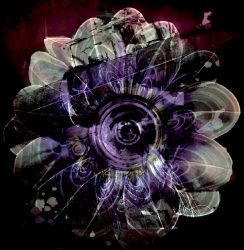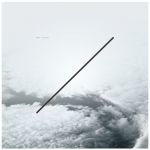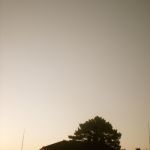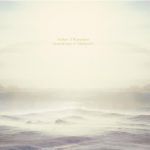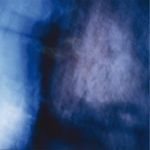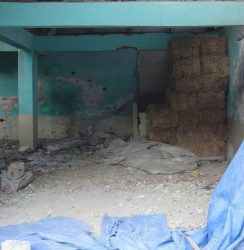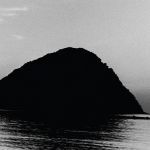A Winged Victory for the Sullen
“A Winged Victory for the Sullen”, “Sleep Hills of Vicodin Tears”, “Requiem for the Static King” … If titles like that remind you of the Stars of the Lid, you are right. Almost.
For this project, Lid’s Adam Bryanbaum Wiltzie teams up with Dustin O’Halloran. No real surprise, since they already worked together on O’Halloran’s latest album (“Lumiere” ).
With the help of some familiar (Peter Broderick, Hildur Gudnadottir) and some less familiar contributors the duo presents “A Winged Victory for the Sullen“ – which will obviously appeal to all Stars of the Lid fans. And a lot more people that probably don’t know this album even exists.

